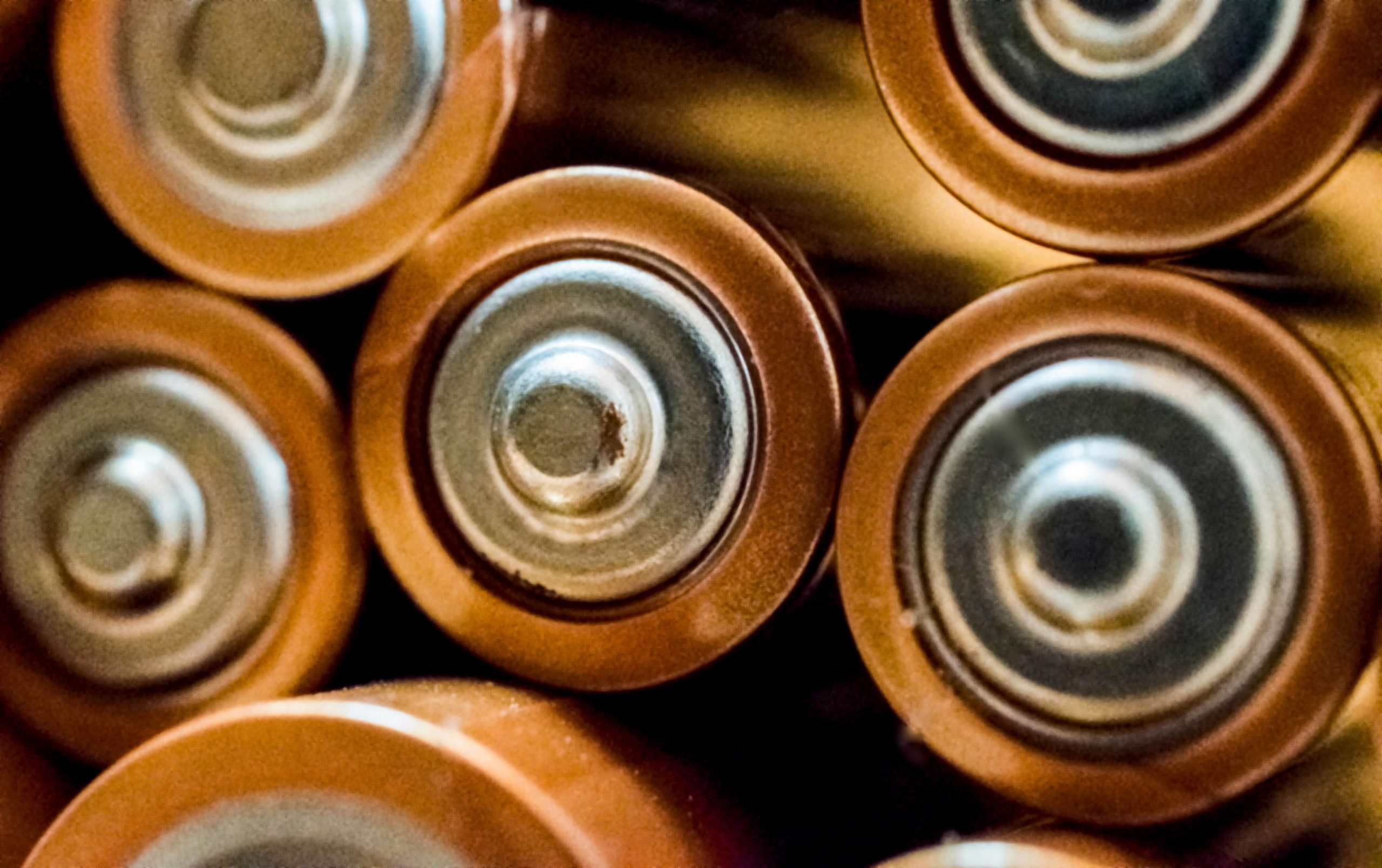
The luxury sports car manufacturer Porsche AG is taking bold moves to enter the highly competitive and demanding EV battery market. The carmaker has signed off a joint venture with lithium-ion battery manufacturer Customcells, to build a new facility that would develop and manufacture high-performance cells for their electric cars.
Volkswagen’s AGs profit-driving brand sensed the threat long back and has initiated the electrification process and unveiled their all-electric Taycan at the Frankfurt auto show in 2015. Now they are stepping up the game.
The Alliance
“The battery cell is the combustion chamber of the future. As a new Porsche subsidiary, the Cellforce Group will be instrumental in driving forward the research, development, production, and sale of high-performance battery cells,” says Oliver Blume, Chairman of the Executive Board at Porsche.
“This joint venture allows us to position ourselves at the forefront of global competition in developing the most powerful battery cell and make it the link between the unmistakable Porsche driving experience and sustainability. This is how we shape the future of the sports car.”
The new cells are expected to charge in less than 15 minutes currently the Taycan model takes 22 1/2 minutes to charge the battery from 5% to 80%.
The New Facility
The automaker is investing a high double-digit million euro sum in Custom Cells GmbH and will own an 83.75 % interest in the Cellforce partnership. Small-scale manufacturing is expected to begin in 2024, with the German government contributing around 60 million euros ($71 million) to the project.
Each year, the new facility in Tübingen, Germany, will produce enough batteries for 1,000 automobiles.
By 2025, employment is anticipated to increase from 13 to 80. The project will cost around 60 million euros ($71.5 million) and will be funded by the German federal government and the state of Baden-Wurttemberg.
The Technology Behind The Battery
Silicon is used as the anode material in the new high-performance cells. When compared to existing good series batteries, it appears that this will allow for a considerable increase in power density. Even with a lower size, the battery can still provide the same amount of energy this will also lower the internal resistance of the battery.
The low internal resistance will help in absorbing more energy during energy recovery while also improving its rapid charging capability. Another distinguishing attribute of the Cellforce battery cell is its ability to endure extreme temperatures. All of these traits are highly important to racing car batteries.
Furthermore, usage on the race track does not necessitate the battery’s ability to work in sub-zero temperatures or to remain stable over many charging cycles this one requirement the new cell technology has yet to fulfill.
BASF, a world-leading chemical firm, has been chosen as a cell development partner for the next generation of lithium-ion batteries. BASF will provide high-energy HEDTM NCM cathode materials for high-performance cells that enable quick charging and high energy densities as part of the partnership.
Conclusion
As they speed up manufacturing plans for more electric vehicles, most European automakers are attempting to become less reliant on Asian battery suppliers for various reasons. The European Union has established tough emission standards for encouraging the production of EVs. According to the officials, the batteries will benefit the Porsche brand and other brands under Volkswagen groups like Lamborghini and Bugatti.
The new factory facility by Porche is small when we compare it to other manufacturers, such as Tesla and Panasonic’s joint “gigafactory” in Sparks, Nevada, which has a 35-gigawatt-hour capacity, or VW’s ambition to bring 240 GWh of manufacturing to Europe by 2030. But we may consider the plant to be a testbed for the batteries and any developments or initiatives in the EV battery field of great news because directly or indirectly we all will have the opportunities to derive the benefits.
